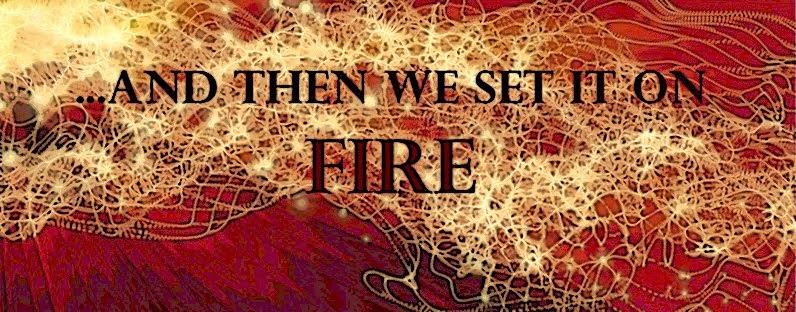Here are some pieces using multiple techniques
Printing using a fish with paint on it
Paint with salt, stamps, stencils, thermofax and painted fusible web.
Painting directly on the cloth
Hand painted cloth
Paint with salt stamps, tape resist
Printing using real leaves as stamps
Stamping - feather and crow
painted fabric, rug pad roller stamp and sponge
Salt on paint, stamps. thermofax, stencil.
Paint, sponge, stamps
Stamps and stencil
Round pouncer, stamps, paint and thermofax, stencil (leaf)
Crumpled paint, drizzled paint, tape resist, stamps



















































